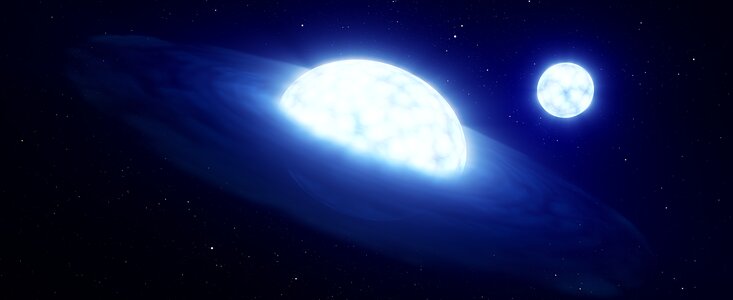At https://phys.org/news/2022-03-closest-black-hole.html … new research using the Very Large Telescope Array and the Very Large Telescope Interferometer have revealed that a black hole does not exist where one was expected to be situated. One of the binary stars, in the system, has however earned itself the new tag, a vampire star. It is said to have sucked the atmosphere from its binary companion star. The research was published in Astronomy and Astrophysics journal – go to https://doi.org/10.1051/0004-6361/2021.143004 …
At https://phys.org/news/2022-03-nature-soft-x-ray-transient-maxi.html … astronomers from India have observed a soft X-ray transient. The findings are published the arXiv pre-print repository. See https://arxiv.org/abs/2202.09083 … X-ray binaries are said to be composed of a normal star, or a white dwarf, transferring mass onto a compact neutron star, or a black hole. The researchers traced this occurrence after an outburst, leading to a dramatic change in X-ray emissions.
At https://phys.org/news/2022-03-nasa-nustar-illuminating-discoveries-nuisance.html … NASAs NuSTAR X-ray telescope has been watching high energy events in the universe for the last ten years, since 2012. In this instance, a neutron star. These are very dense objects we are told. Second only to black holes.
At https://phys.org/news/2022-03-nasa-potential-asteroid-impact-catastrophe.html … NASA claims to have tracked at least 40 per cent of Near Earth Objects. Surprise meteors may appear at any time on a trajectory that threatens the earth. For example, Asteroid 2005 ED224 will pass by earth in March next year, 2023, and is potentially hazardous. An asteroid the size of a football field passed earth at a distance of 45,000 miles away, in 2019. Another asteroid, or meteor, came close in 2021, and a big 1km wide one, back in 2012. Each was discovered only a day prior to their passing. Hence, the need to keep on looking and tracking.
Image credit: ESO

